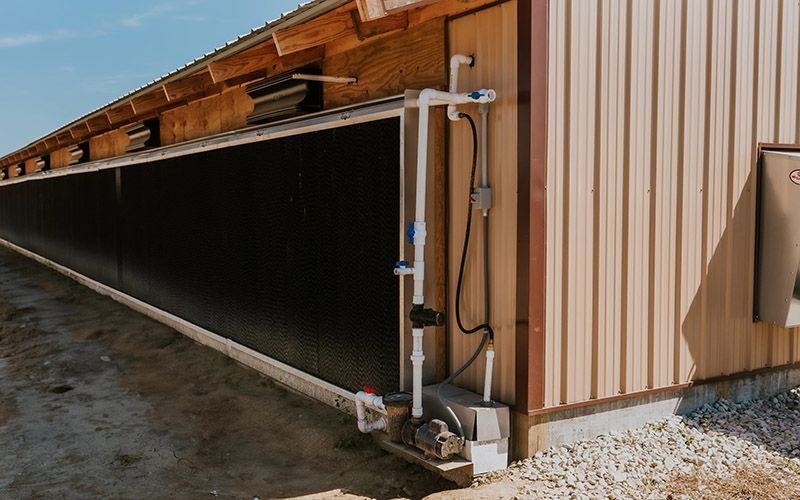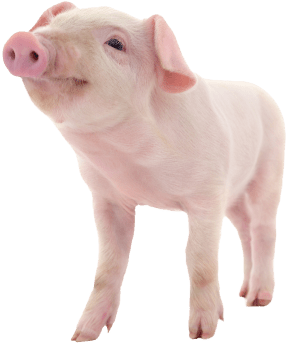
Evaporative Cooling System Spring Start-Up
|
|
Time to read 2 min
 You are being redirected to QC Supply Pharmacy, where you’ll find a wide selection of high-quality prescription and pharmaceutical products for animals of all sizes.
Enjoy the same great service and expertise you trust from QC Supply.
Click below to continue shopping.
Continue
No thanks, stay on the main site
Powered by
You are being redirected to QC Supply Pharmacy, where you’ll find a wide selection of high-quality prescription and pharmaceutical products for animals of all sizes.
Enjoy the same great service and expertise you trust from QC Supply.
Click below to continue shopping.
Continue
No thanks, stay on the main site
Powered by


|
|
Time to read 2 min
Spring Start-Up Procedure for Evaporative Cooling System
Spring is right around the corner, which means it's time for spring cleaning! From your kitchen to your farm, proper cleaning and maintenance is important, especially as the seasons change. Now is the time to make sure everything is in proper working order before the temperatures start to really rise!
One of those systems you should clean and run pre-season maintenance on is your Evaporative Cooling System on your barns. Don't wait for high heat to find out something isn't working correctly after a long winter.
Perform a test run before the system is needed.
By following this spring start-up procedure, you can ensure your evaporative cooling system operates efficiently and effectively throughout the warmer months, providing a comfortable environment for your flock. Contact your local QC Supply for all your repair parts and water treatment supplies. Not sure if your local QC Supply offers service? Check our our Service Center Map here or give us a call at 888-4333-5275.
We offer a full selection of Evaporative Cooling System parts, controllers, systems and cleaners. Check out our selection here.
Did we miss something? Drop a comment or tip below!